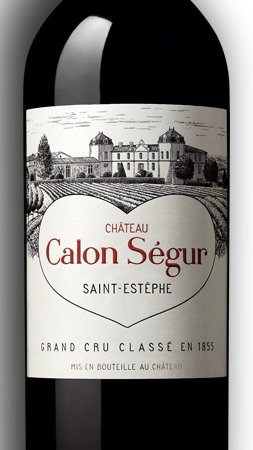WINE AND ST. VALENTINE’S DAY
Never mix anything with wine but love.
The association of wine and St. Valentine's Day goes back to the ancient mid-February pagan festivals called the Lupercalia (from lupus, Latin for wolf and the base name for the satyr-like god of the forest, Lupercus). The Lupercalia were wine-filled and Dionysian, full of ribaldry and revelry.
At the onset of the Christian era, many pagan holidays were Christianized. According to legend, two Valentines—one a Roman priest, the other an Italian bishop—had been martyred for their faith on the same day, Feb. 14, 270 A.D./C.E. (Naming St. Valentine's Day after either doesn't make much sense: both died celibate.) So it is that we inherit both traditions for our Valentine's Day: the Christian name and the bawdy spirit.
Of course, the wine most often associated with things lovely is Champagne. On Valentine's Day, an even more appropriate sparkling wine is rosé Champagne, made pink from the skin color of Pinot Noir grapes.
But there are many more wine possibilities for your own special mid-February Lupercalia.
Hugel’s special Pinot Blanc, “Cuvée Les Amours” . . .
. . . translates to “the cuvée of the lovers.” From Burgundy, a delicious version of Chambolle-Musigny, a top-drawer red Burgundy, comes from one of Chambolle's better vineyards, Les Amoureuses ("the lovers").
Another Burgundy, this one from Beaujolais, is one of 10 cru or single-village Beaujolais, St. Amour (“holy love”). Lovers also might enjoy another cru Beaujolais from yet another village, Fleurie ("flowery"). Both St. Amour and Fleurie made by producer Georges DuBoeuf are particularly good choices for Valentine's Day because of their florid labels.
A St. Estephe from the upper Medoc . . .
. . . in Bordeaux, Château Calon-Ségur, is perfect for that Valentine's Day heart attack: the label is a big heart and signifies the byword of Calon's former owner, the Marquis of Ségur, who made wines at both Calon and Château Latour: "My taste is for Latour, but my heart is at Calon."
Cognac is another heart-linked wine. All Cognac is made from the "heart," that is the center portion of the distillate, rather than the harsh "head" or weak "tail," the beginnings and ends of the distillate.
You might end a meal with a dessert of a small bottle of the world's sweetest wine, a trockenbeerenauslese from Germany. TBAs, as they're called, are made from nearly raisin-like grapes and, so, are very sweet, syrupy, and delicious.


